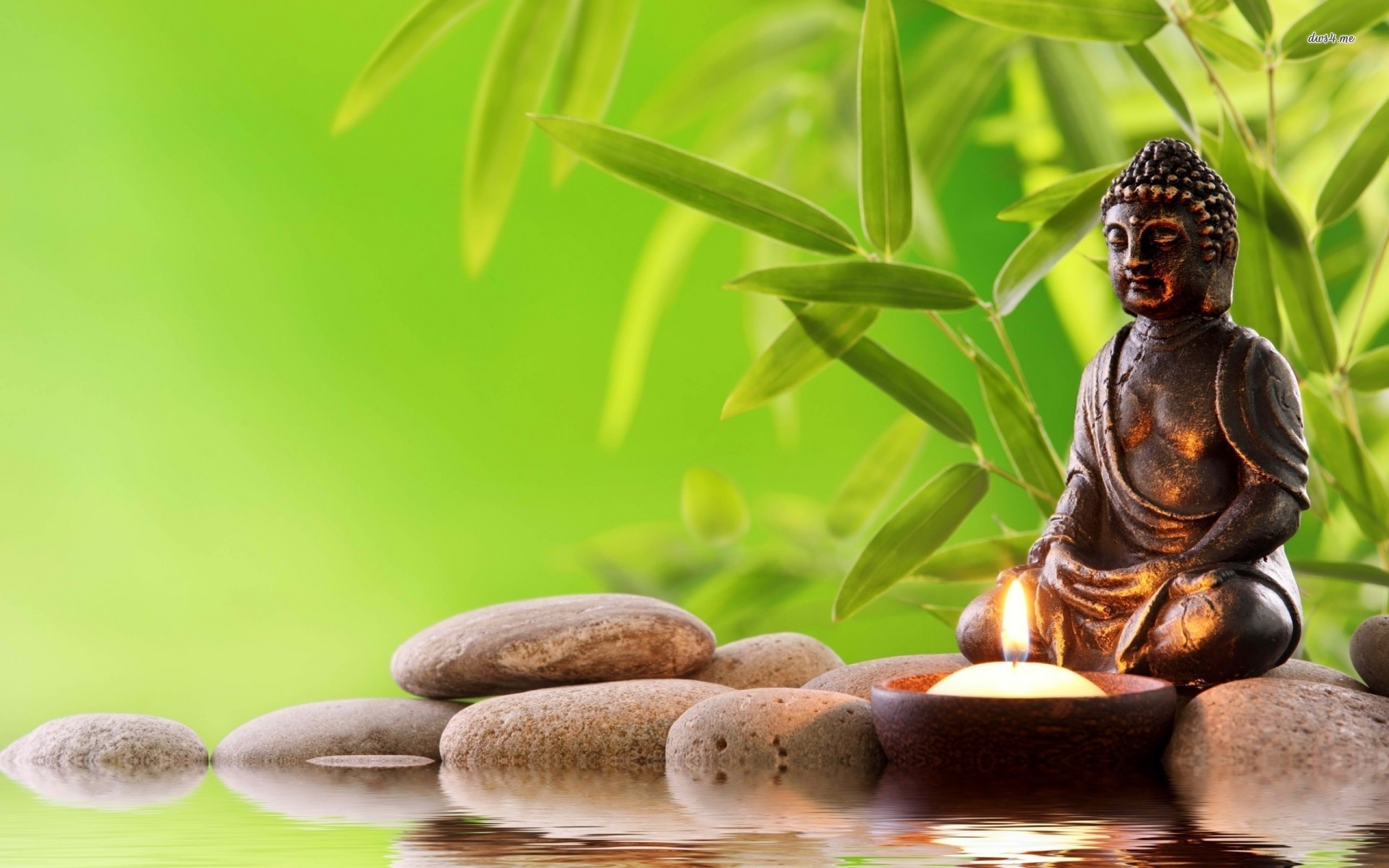 |
Sheep and Goat
by Zhao Mengfu (1254–1322)
China, Yuan dynasty, early 14th century
Handscroll; ink on paper
25.2 x 48.4 cm (10 x 19 in.)
Purchase F1931.4
|
I began my virtual visit to the Smithsonian National Museum of Asian Art this glorious evening. I must admit I am a tad bit tired after a hectic day at work but I'm keeping my spirits light knowing we are on the final stretch.
Shall we begin now.....As I browsed through the many virtual museums, I somehow was pulled by the Chinese Arts of the Brush gallery. Chinese calligraphy has always fascinated me so I figure...hey, why not?? Entranced and enchanted, I was mesmerized instantly by the Zhao Mengfu's Sheep and Goat handscroll. The inscription caught my attention as it read "I have painted horses before, but have never painted sheep [or goats], so when Zhongxin requested a painting, I playfully drew these for him from life. Though I cannot get close to the ancient masters, I have managed somewhat to capture their essential spirit."
Zhao Mengfu (趙孟頫, 1254–1322), courtesy name Zi’ang (子昂), pseudonyms Songxue (松雪, “Pine Snow”), Oubo (鷗波, “Gull Waves”), and Shuijinggong Daoren (水精宮道人, “Daoist of the Crystal Palace”), was a prince and descendant of the Song Dynasty, and a Chinese scholar, painter, and calligrapher during the Yuan Dynasty (1271–1368). He was a native of Wuxing (吳興, modern Huzhou 湖州, Zhejiang). Though occasionally condemned for having served in the foreign Mongol court as an official in the Hanlin Academy, Zhao Mengfu has been honored as an early master within the tradition of the literati painters, who sought personal expression rather than the representation of nature.
In calligraphy, Zhao Mengfu rejected the gentle brushwork of his era in favor of the cruder style of the Jin and Tang dynasties. In his early years, Zhao Mengfu studied the style of the Song dynasty emperor Gaozong, but later turned to the styles of Wang Xizhi (王羲之) and Wang Xianzhi (王獻之), in the end studying that of Li Yong (李邕). His Regular Script is considered one of the top four in the Chinese history. The other three Regular Script masters are Yan Zhenqing (顏真卿), Liu Gongquan (柳公權), and Ouyang Xun (歐陽詢).
Zhao Mengfu’s paintings were among the first after the collapse of the Song dynasty and its academy of painting to show an interest derived from subjects and styles of ancient masters. Zhao Mengfu is popularly remembered as a painter of horses in the manner of the Tang dynasty (618–907) master Han Gan (韓幹), but he also painted other animal groups, landscapes, and bamboos. Referring to the antique, he generally avoided superficial beauty by utilizing deliberately simplified color and compositions and a schematic, even childlike, rendering of forms and scale. His works often display a great variety of brushwork. Among his most famous landscape paintings are Autumn Colors on the Que and Hua Mountains [National Palace Museum, Taipei], Twin Pines, Level Distance [The Metropolitan Museum of Art, New York], and Water Village [The Palace Museum, Beijing]. Zhao Mengfu’s wife, Guan Daosheng (管道升, 1262–1319), and his son, Zhao Yong (趙雍, 1289–1360), were both painters of note.
 |
Autumn Colors on the Que and Hua Mountains
National Palace Museum, Teipei |
As I research Zhou Mengfu using JSTOR database, I found the article "Recent Studies on Zhou Mengfu's Painting in China by Chu-Tsing Li. The article was published by Artibus Asiae Publishers, Vol. 53, No. 1/2 (1993), pp. 195-210 (16 pages) Chu-Tsing Li talks in detail about Zhou Mengfu and how he was shunned as an artist during 1950's and 1960's.
It is also important to note "in the history of Chinese art, Zhao Mengfu (I254-1322) has been a figure that is rather difficult to understand. Up to more recent times, he was known and respected as a great calligrapher; generations of Chinese have practiced his style of writing and developed from it. But as a painter, Zhao Mengfu was not well understood and sometimes even regarded as having been overly praised." (Chu-Tsing Li: Recent Studies on Zhou Mengfu's Paintings in China -195)
"In theory, Zhao emphasized two major ideas: "antique spirit" (guyi) and "not seeking
form-likeness" (buqiu xingsi). In technique, Zhao advocated the application of calligraphic brushwork
to painting and specially introduced dry brushwork on paper as the chief means of expression for
literati painters. Fu Xinian feels that Zhao was most influential on later artists in landscape painting,
and was equally important in figure, bird and flower, and bamboo and orchid types. Again this
treatment of Zhao Mengfu fully recognizes his important position in Yuan painting."(Chu-Tsing Li: Recent Studies on Zhou Mengfu's Paintings in China -197)
Works Cited
“Gallery Guide: Chinese Arts of the Brush.” Smithsonian's National Museum of Asian Art, 25 Mar. 2020, https://asia.si.edu/exhibition/gallery-guide-chinese-arts-of-the-brush/.
Li, Chu-Tsing. “Recent Studies on Zhao Mengfu’s Painting in China.” Artibus Asiae, vol. 53, no. 1/2, 1993, pp. 195–210, https://doi.org/10.2307/3250514. Accessed 11 May 2022.
“Zhao Mengfu.” China Online Museum, 27 Feb. 2015, https://www.comuseum.com/painting/masters/zhao-mengfu/.







